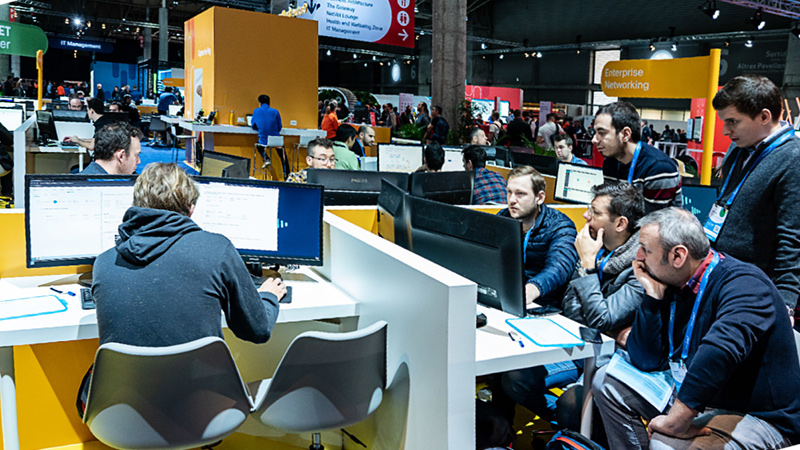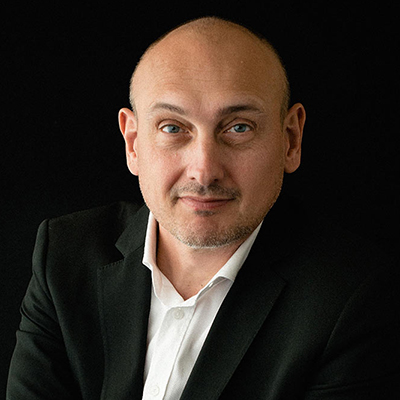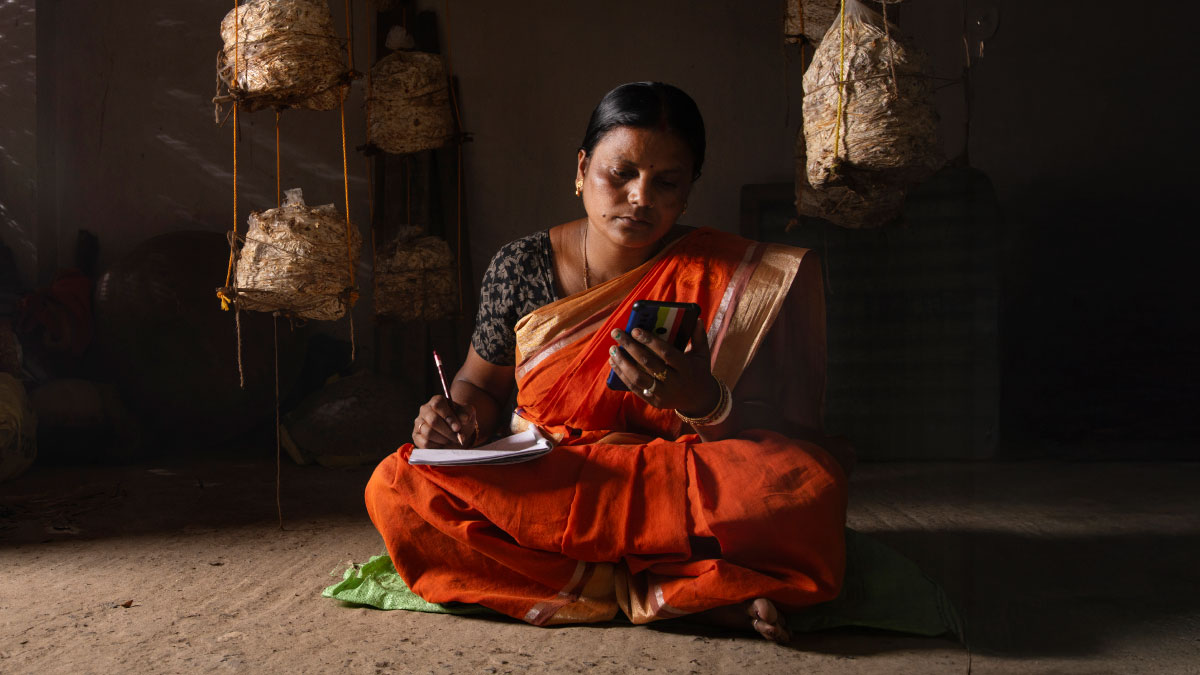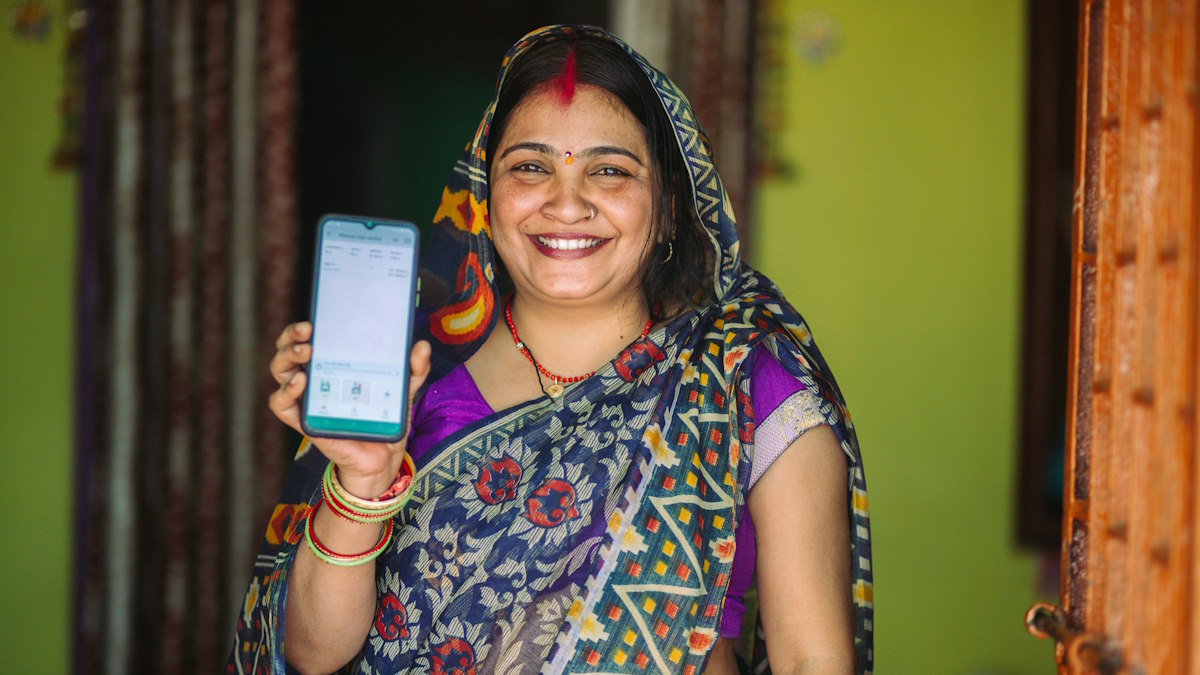Cisco® Live!™ 2020 in Barcelona, Spain, was packed with inspirational leaders. But for success against all odds, none could match Ousman Umar—a Ghanaian who defied death to find a better life and is now hoping IT will help his people avoid the risks he faced.
Umar, 28, is the president of a Barcelona-based nonprofit called Nasco Feeding Minds, which aims to build IT training centers in Ghana using a model similar to that used by the Cisco Networking Academy® program. Since 2012, Nasco Feeding Minds has created eight IT labs.
These serve more than 15,000 students across 23 schools in the north of Ghana. But the fact that Umar was ever able to set up this venture is nothing short of a miracle. Umar’s hardships began at birth: not only was he born into a poor, rural village, but his mother died in the process.
Local lore dictated that the baby, too, should die. He was spared because his father was a shaman, he says. As a child, Umar became fascinated with technology, wondering how aircraft could fly. “This curiosity pushed me out of the village at the age of nine,” he says.
See also: Cisco ushers in a bright new age of bridges
Determined to learn more, he set about reaching Europe. It was a saga that lasted five years and involved extreme danger. “When I got to the Sahara Desert, we started [out as a group of] 46 people,” he says. “After three weeks, only six of us were able to make it to Libya.”
The crossing to Europe was even more perilous. Umar says 4,000 Ghanaians were rescued during sea crossings to Europe between 2016 and 2019. Many more died on the way. Umar himself boarded a dinghy for what he believed would be a 45-minute journey.
It took 48 hours, with no food or drink. “More than 97 percent of the people with whom I started the journey died,” Umar recounts. “I understood I’m one of the most fortunate people in the world.”
He made it to Barcelona, where he slept on the streets before being adopted by a local family. Having arrived barely able to read, he studied hard.
He ended up getting a chemistry degree from the University of Barcelona and postgraduate studies at Esade, one of Europe’s top business schools. “I need to give back this luck,” he now says.
The key, he says, is to give young Ghanaians skills to make a living without having to leave in search of fortune. Umar is looking to the Networking Academy® program for technical platforms and world-class certifications. In Ghana, it makes sense to build IT skills.
See also: Inclusion and diversity in an AI world
The country was the first in Africa to be connected to the Internet. And telecommunications is one of its biggest economic sectors today. The challenge is helping Ghanaians cross the digital divide, something that Nasco Feeding Minds can do.
Donald De Witte, a Cisco business development manager supporting Nasco Feeding Minds, says there are plans to help expand the scheme. Cisco and its partners have been refurbishing old computers for use in the labs, for example.
“We’ve had a lot of success so far with companies in Spain,” De Witte says.
And Cisco staff are planning to visit Ghana and train lab staff. But in the long term, De Witte says, the Networking Academy will be vital in training local people to keep the program going.
The final piece of the puzzle will be to get European companies to use the talent pool coming out of Nasco Feeding Minds. “We want to work with companies here and do externalization into Ghana,” De Witte confirms.
###
The contents or opinions in this feature are independent and may not necessarily represent the views of Cisco. They are offered in an effort to encourage continuing conversations on a broad range of innovative technology subjects. We welcome your comments and engagement.
We welcome the re-use, republication, and distribution of "The Network" content. Please credit us with the following information: Used with the permission of http://thenetwork.cisco.com/.




